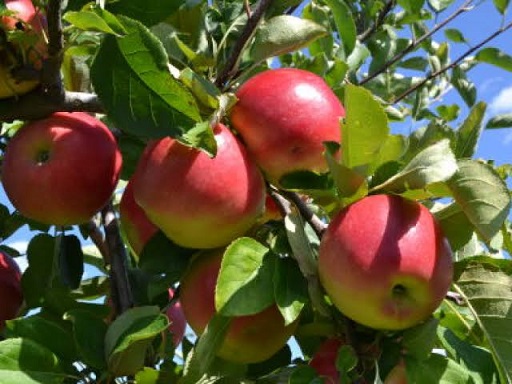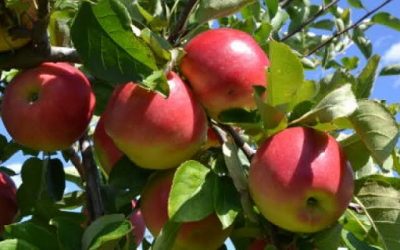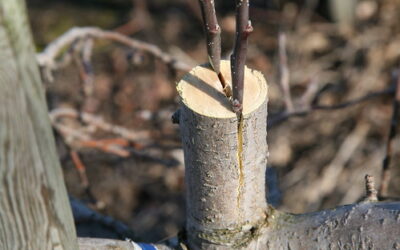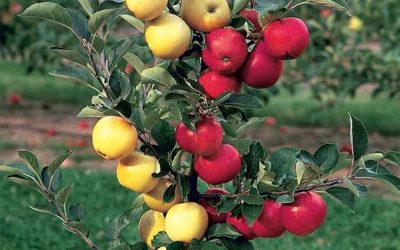Apple varieties that do well in Uganda

With apples, Kachewekano Research Institute in Kabale is already ahead so they bring few varieties and we try them here in the region of mid-altitude that is to say an altitude that is neither high nor very low. So far six varieties are being tried out.
These include Golden Dorset, Dalmena Green, Winter Banana, James Drif, Gloster and Anna and we also have two types of pears, Naspo and Taiwan high breed.
The performance is not bad for crops this size. The highly performing varieties are Golden Dorset and Anna, however all are recommend. The only problem is that some of them are more susceptible to diseases like apple scab, powdery mildew, gif rust and pests.
Sometimes also, the environment causes them to occur because these plants are for temperate lands yet these are tropical lands and we have diseases that the others do not have.
What makes the two types–Golden Dorset and Anna–perform better is the fact that they can get bigger than the other apples that you will find in the local market.
There are seedlings from Kabale because the project to grow apples in Uganda started there around 1998. With NARO, improved fruit variety are used so that means for shortened maturity period unlike in the past when we used to rely on the natural ones.
Grafting
A lot of these are grafted and this is the joining the two parts of a plant. In this case, mature branch are used and a young seed so that it can mature fast.
Instead of six or seven years that an ordinary tree, a grafted tree takes one to one and a half years.
Apples require well drained soils and rich soils that do not dry up. The drying up affects any crop because it withers and thus losing out. That is why mulching is important to make sure the soil does not dry up.
What you should note is that apples are also affected by a disease called fruit root.
It lays eggs in the fruit and it starts rotting.
When the eggs mature and become larvae they start feeding on this fruit and multiply.
To control them, you uproot all affected fruits and bury them.
You have to take care of the leaves that drop off because if you just throw them away they are affected and can affect other crops.


